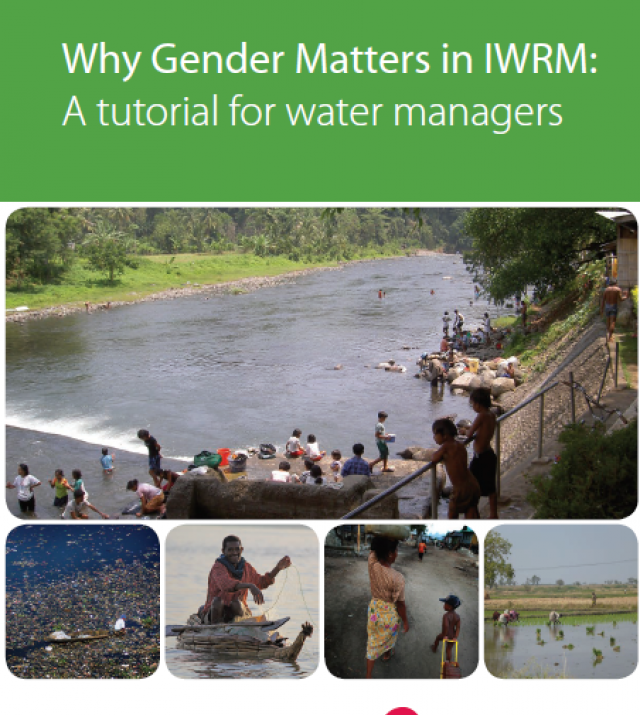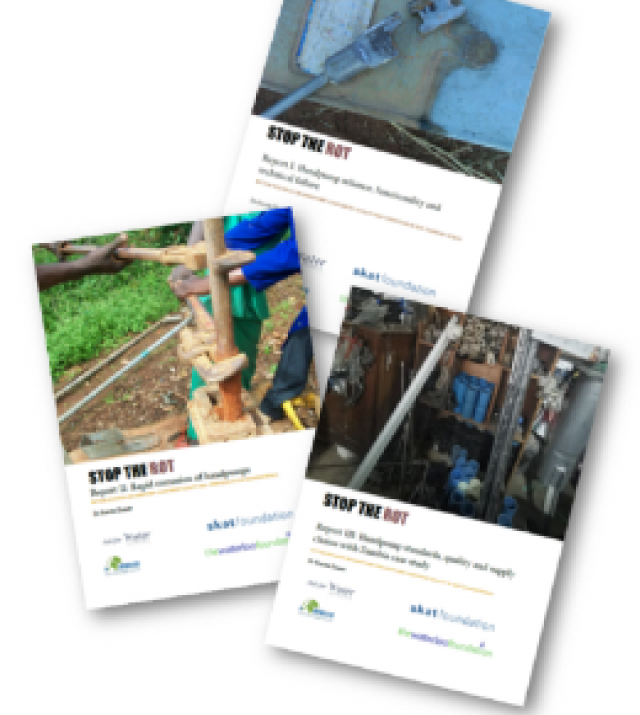
Back To Resource Library
Utility-Managed Rural Water Services: Models, Pathways, Drivers, Performance and Areas for Support

This paper discusses the different pathways under which the 'utilitisation' of rural water supply can take place, the factors that drive these processes, the strengths and weaknesses of the resulting models of utility-managed rural water supply, and possible areas for support. It is based on 33 cases of utility-managed rural water supply that were identified from 22 countries in Europe, the Americas, Asia and Africa.

